Europe On High Alert: Analyzing Recent Russian Military Actions
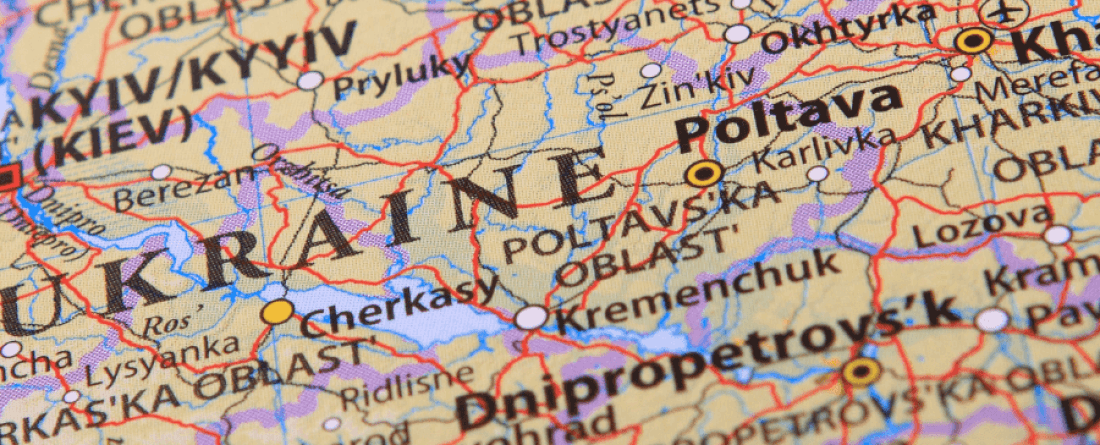
Table of Contents
1. Escalation of Military Activity Near European Borders
The past year has witnessed a significant increase in Russian military activity near European borders, prompting a heightened state of alert across the continent. This escalation involves large-scale troop deployments, extensive military exercises, and increased air and naval patrols, all contributing to a palpable sense of unease.
1.1 Troop Deployments and Maneuvers:
Reports indicate significant troop movements and military exercises near NATO borders, particularly in areas bordering Ukraine, Belarus, and the Baltic states.
- Specific Instances: The build-up of Russian troops near the Ukrainian border in early 2022, preceding the full-scale invasion, is a prime example. Similar, though smaller, deployments have been observed near the borders of other NATO members in recent months.
- Geographical Significance: These deployments are strategically positioned to exert pressure on NATO members and potentially disrupt regional stability. The proximity to critical infrastructure and population centers adds to the concern.
- Strategic Implications: These maneuvers are perceived as a demonstration of force, intended to test NATO's resolve and potentially coerce concessions from neighboring countries. The deployment of advanced weaponry and equipment further underscores the seriousness of the situation. Analysis from various think tanks point to a deliberate strategy of intimidation.
- Source Verification: Satellite imagery, open-source intelligence (OSINT), and reports from international organizations like the OSCE have been crucial in verifying these deployments.
1.2 Increased Air and Naval Activity:
Alongside ground deployments, Russia has significantly increased its air and naval patrols near European airspace and waters. This includes heightened activity in the Baltic Sea, the Black Sea, and the Arctic.
- Specific Incidents: Numerous reports detail near-miss incidents between Russian and NATO aircraft, as well as alleged airspace violations. Increased Russian naval presence near critical shipping lanes poses a potential threat to civilian infrastructure.
- Potential for Escalation: These actions raise the risk of miscalculation and accidental escalation, particularly in the context of heightened tensions. The potential for direct confrontation remains a significant concern.
- Threat to Shipping Lanes: The increased naval activity poses a direct threat to commercial shipping lanes, potentially disrupting trade and causing economic instability. The potential disruption of energy supplies is a major worry.
2. Cyber Warfare and Information Operations
The current geopolitical landscape is further complicated by a relentless campaign of cyberattacks and disinformation emanating from Russia. These actions undermine European security and stability on multiple fronts.
2.1 Cyberattacks Targeting Critical Infrastructure:
Numerous reports suggest that Russia has engaged in cyberattacks targeting critical infrastructure in European countries. These attacks aim to disrupt essential services and destabilize societies.
- Credible Sources: Reports from cybersecurity firms, government agencies, and international organizations point to a range of sophisticated cyberattacks aimed at disrupting energy grids, communication networks, and other vital services.
- Potential Consequences: Successful cyberattacks can have devastating consequences, leading to power outages, communication disruptions, and economic instability.
- Attribution Challenges: Determining the source of cyberattacks remains a significant challenge, making it difficult to definitively attribute responsibility. However, circumstantial evidence often points towards state-sponsored actors.
2.2 Disinformation and Propaganda:
Russia employs sophisticated disinformation campaigns to undermine trust in democratic institutions, sow discord within European societies, and spread pro-Kremlin narratives.
- Disinformation Narratives: Common narratives include promoting anti-NATO sentiment, exaggerating the threat posed by migrants, and spreading conspiracy theories to discredit Western governments.
- Use of Social Media: Social media platforms and other online channels are used extensively to disseminate propaganda and manipulate public opinion.
- Impact on Public Opinion: The success of these campaigns in influencing public opinion and policy-making presents a major challenge to the stability of European democracies.
3. NATO Response and European Security Concerns
NATO and the EU have responded to the increased Russian military activity with a range of measures aimed at deterring further aggression and strengthening European security.
3.1 NATO's Enhanced Forward Presence:
NATO has reinforced its eastern flank by deploying additional troops and equipment to member states bordering Russia. This enhanced forward presence serves as a visible demonstration of the alliance’s commitment to collective defense.
- Specific Deployments: Increased troop deployments have been seen in Poland, the Baltic states, and other frontline states. Enhanced air and naval patrols further contribute to the deterrence effort.
- Effectiveness of Deterrence: The effectiveness of NATO's deterrence strategy remains a subject of ongoing debate. However, the visible presence of allied forces serves as a crucial deterrent.
- Potential for Escalation: The risk of direct military confrontation remains real, particularly in the context of potential miscalculation or accidental escalation.
3.2 European Union’s Response and Cohesion:
The European Union has also responded to the crisis by strengthening its defense capabilities and cooperating more closely with NATO on security matters.
- Policy Changes: The EU has increased defense spending and focused on enhancing its capabilities to address evolving threats, including hybrid warfare and cyberattacks.
- Challenges in Achieving Unity: Differences in national interests and priorities can sometimes complicate achieving a unified European response. Coordination among member states remains a key challenge.
- Increased Military Cooperation: There is an increasing recognition of the need for increased military cooperation within the EU, although progress remains gradual.
Conclusion:
The increased Russian military activity near European borders has created a volatile security environment. The combination of troop deployments, heightened air and naval patrols, sophisticated cyberattacks, and widespread disinformation campaigns represents a serious threat to regional stability. NATO and the EU have responded with enhanced defenses and increased cooperation, but the long-term implications for European security and the transatlantic alliance remain uncertain. Europe remains on high alert, requiring continuous vigilance and informed discussion. To stay abreast of the evolving situation and participate in constructive dialogue, follow reputable news sources and engage in thoughtful conversations about the challenges facing European security. Understanding the ongoing implications of "Europe on High Alert" and "Russian Military Actions" is crucial for fostering a secure and stable future.

Featured Posts
-
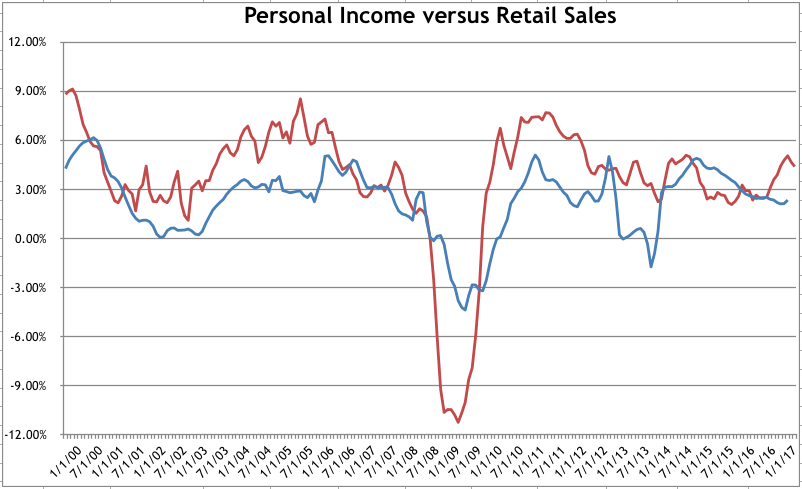 Economists Predict Rate Cuts Amidst Weak Retail Sales Data
Apr 29, 2025
Economists Predict Rate Cuts Amidst Weak Retail Sales Data
Apr 29, 2025 -
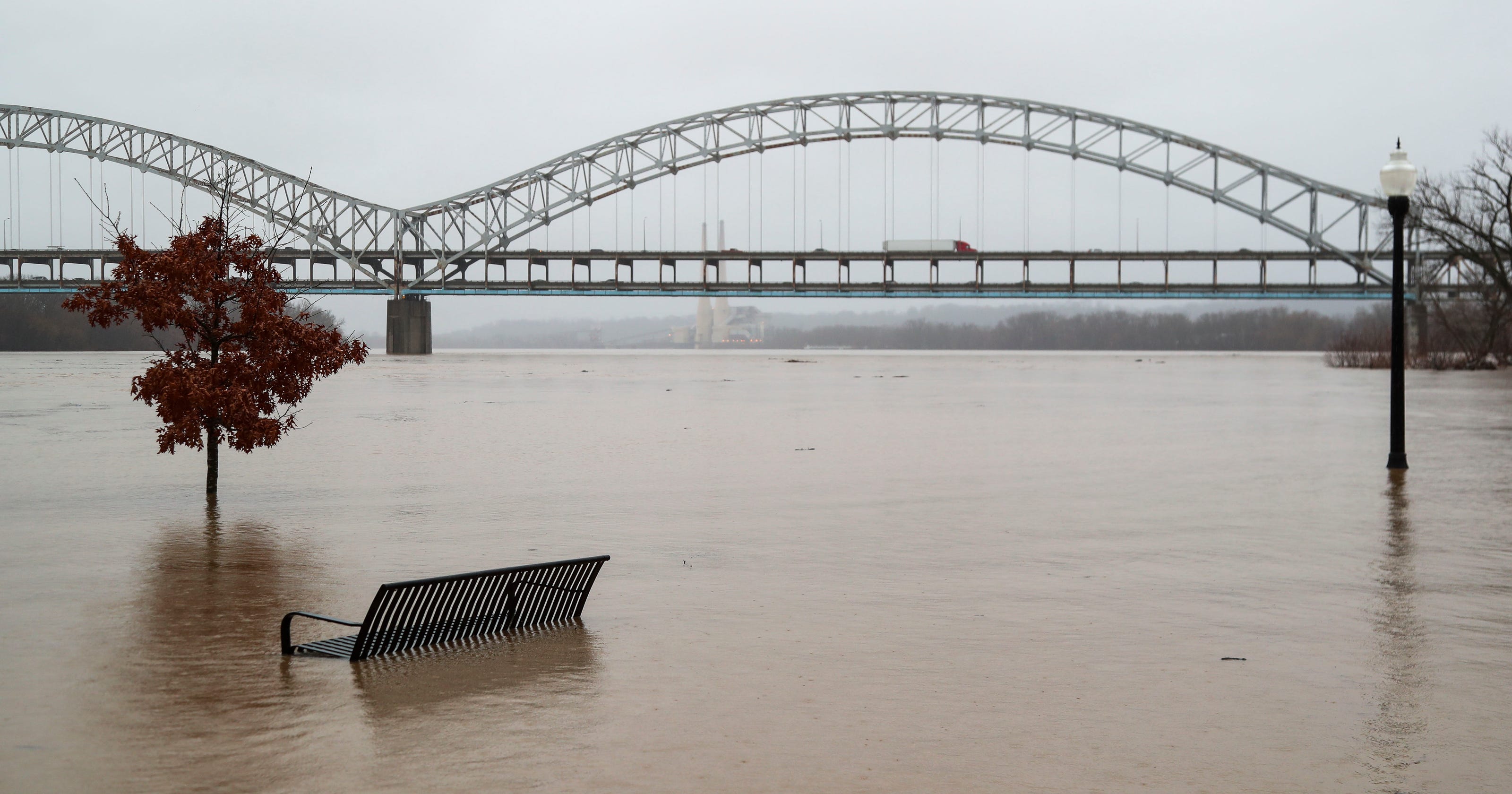 Heavy Rain And Flooding Prompts State Of Emergency Declaration In Kentucky
Apr 29, 2025
Heavy Rain And Flooding Prompts State Of Emergency Declaration In Kentucky
Apr 29, 2025 -
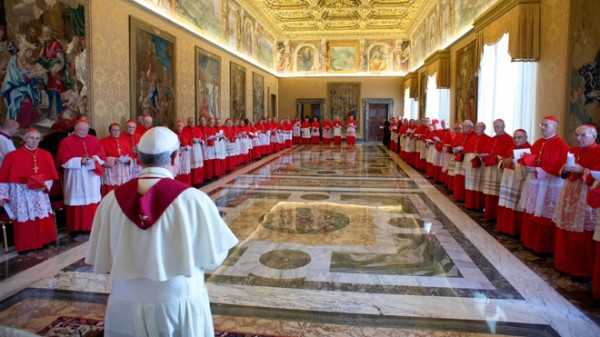 Convicted Cardinal Seeks Role In Next Papal Election
Apr 29, 2025
Convicted Cardinal Seeks Role In Next Papal Election
Apr 29, 2025 -
 Willie Nelsons Wife Responds To Report About Sons Care
Apr 29, 2025
Willie Nelsons Wife Responds To Report About Sons Care
Apr 29, 2025 -
 Experience Shen Yun In Mesa
Apr 29, 2025
Experience Shen Yun In Mesa
Apr 29, 2025
Latest Posts
-
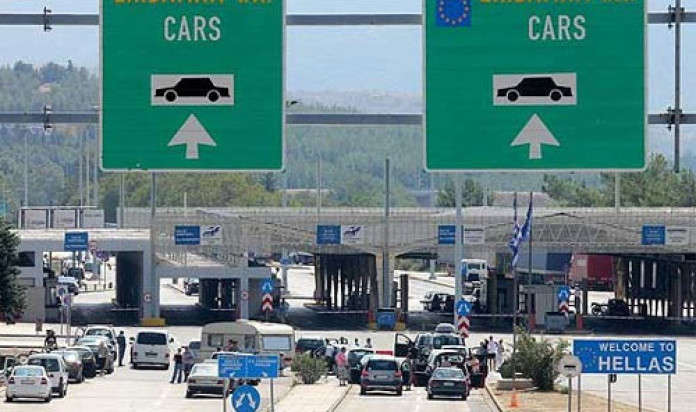 Continued Stricter Border Checks In The Netherlands A Trend Analysis
May 12, 2025
Continued Stricter Border Checks In The Netherlands A Trend Analysis
May 12, 2025 -
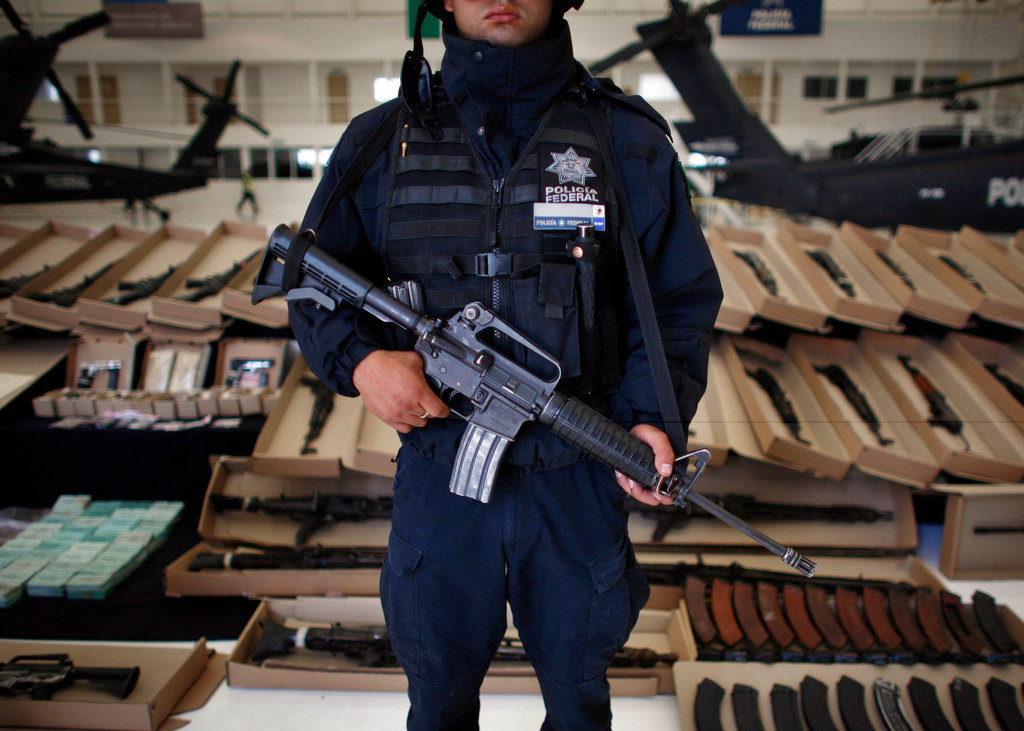 Netherlands Increased Border Controls Continue Despite Falling Asylum Numbers
May 12, 2025
Netherlands Increased Border Controls Continue Despite Falling Asylum Numbers
May 12, 2025 -
 Parliament Upholds Support For Asylum Minister Faber
May 12, 2025
Parliament Upholds Support For Asylum Minister Faber
May 12, 2025 -
 Netherlands Extends Border Checks Despite Fewer Arrests And Asylum Claims
May 12, 2025
Netherlands Extends Border Checks Despite Fewer Arrests And Asylum Claims
May 12, 2025 -
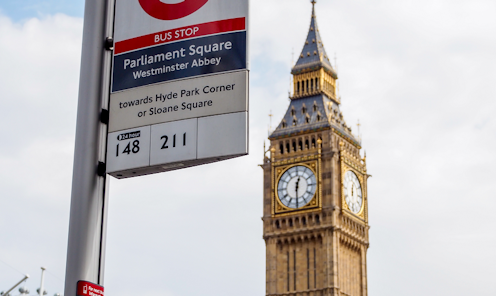 No Confidence Vote Fails Against Asylum Minister Faber
May 12, 2025
No Confidence Vote Fails Against Asylum Minister Faber
May 12, 2025
